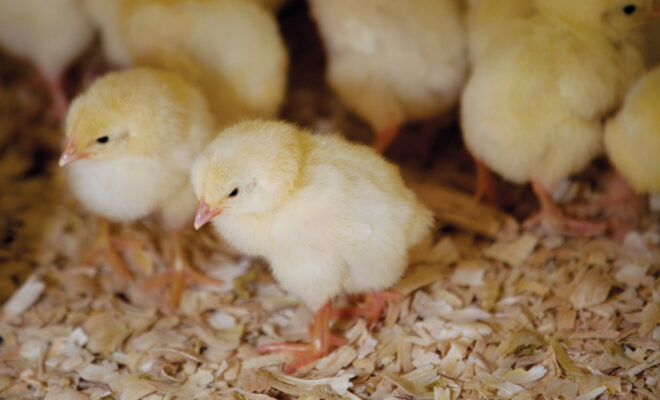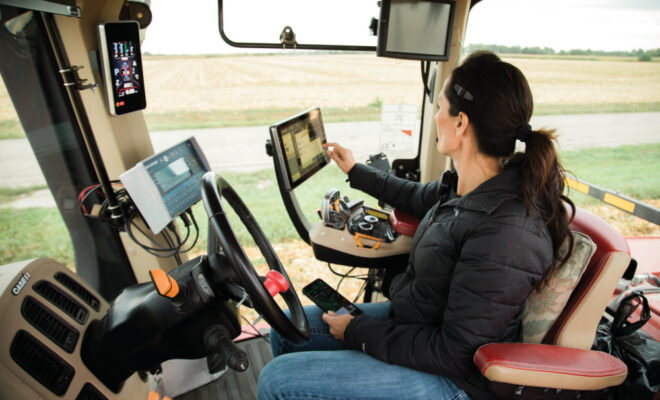
One Sunday last October, a church friend joyfully explained her recent ride with my dad in the combine. It marked the first time in probably 30 years that she had sat in a harvesting machine. And even as a born-and-raised farm girl, she never anticipated farmers today could harvest corn hands-free through the field.
“He wasn’t even steering,” she shared in amazement.
Truth is, the growing season starts out just as amazing. To the passerby, a plot of green stalks may look like just another field of corn. But each field has a personality. That parcel of land may have a name like “Pat’s 90 North.” It demands specific needs to make it perform its best, something like raising children. And as a result, that field’s caretakers may tap into an immense amount of precision technology.
Undoubtedly, we plant with more precision and more technological advancements than our farm’s earlier generations ever envisioned. Industrywide, the research and capital invested in the precise placement of a single seed in its “seedbed” makes my queen-sized mattress seem antiquated.
This winter, my brother and husband wrote prescriptions with the backing of bachelor’s degrees and farm experience. In lieu of a Ph.D., these planting prescriptions demand an understanding and experience with soil types and water drainage within a field. Equally important, they consider seed traits, soil nutrients and yield history, and navigate technical software. Those scripts tell the planter how many corn and soybean seeds to plant within certain areas of a single field. Global positioning satellites dictate that location.
Prescriptions represent only one aspect of precision technology that farmers may implement at planting time. Automatic down-force pressure, section control, residue managers, starter fertilizer and auto guidance show that planting corn and soybeans represents more than dumping a bag of seed in a planter. (Actually, most of us no longer use bags. Rather, bulk containers of seed and a forklift save our backs.)
All of this may sound like a mess of technical jargon, so I’ll boil the pot down to this: these advancements collectively help ensure proper and consistent seed placement in healthy soil conditions. For corn alone, seed quantities exceed 30,000 per acre, an area the size of a football field. Precision on this scale matters because a farm’s livelihood improves with an “A” game in this high-cost farming environment. Corn plants that start with the same growth rate perform better. The plant that starts behind remains so and produces less.
It seems difficult to fathom that the farmers who grew corn generations ago used horses and check wire to plant. Buttons on the wire triggered the two-row planter to plant seed. Today, electronics, satellites, 24-row planters and tractors with cabs commonly perform the work with precision.
We maintain no desire to resort to the old-fashioned way of growing corn. Greater productivity and less waste in seed, fuel, fertilizer and herbicides validate that position. Just the same, we respect the generations before us who farmed the best way they knew how with the resources available. We feel that we simply continue that tradition, and we anticipate farming will continue to change and improve. Researchers discover new, proven ideas. Developers generate advanced equipment and technology with that information. And farmers prove their worth in the field. That seems a prescription for success.




